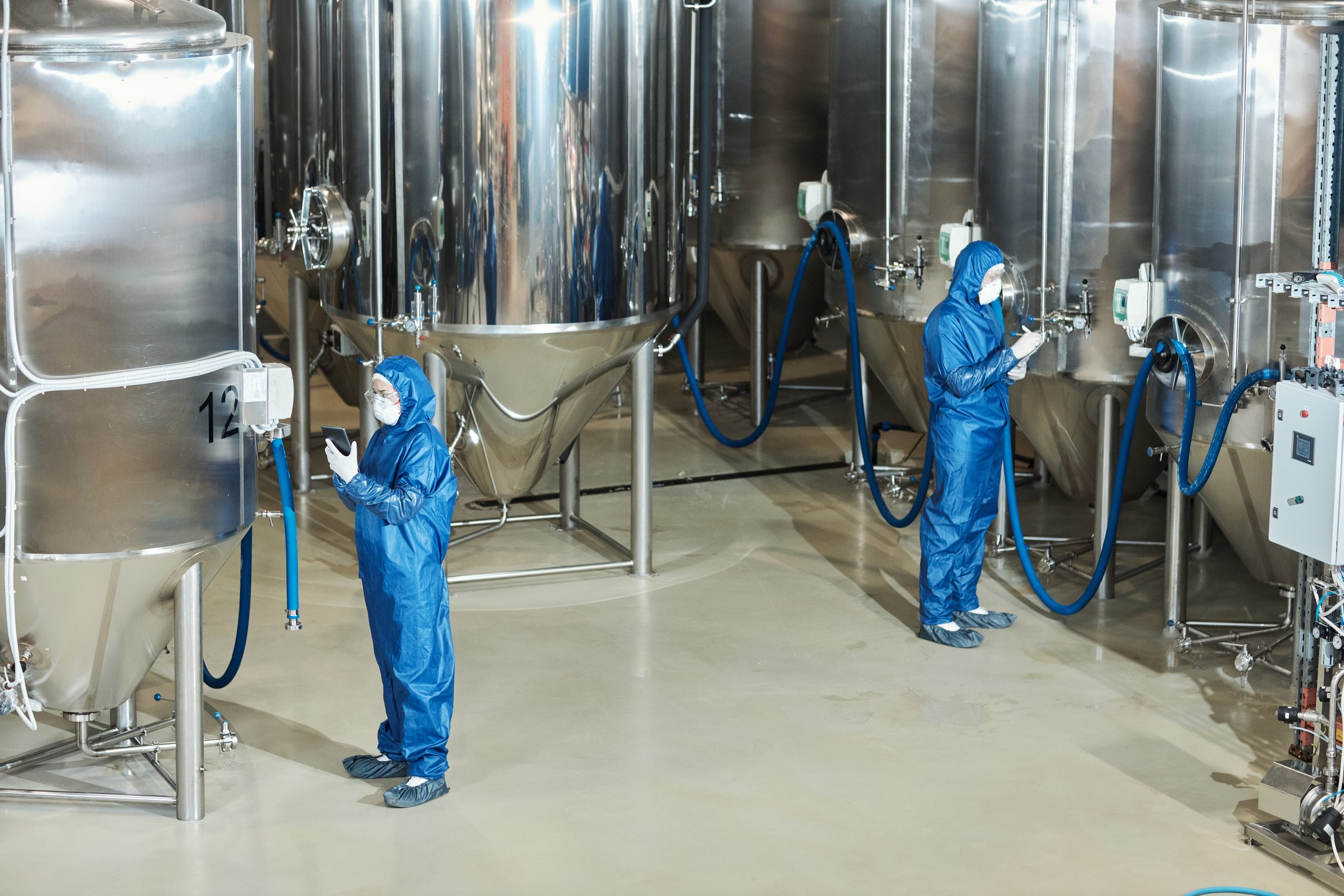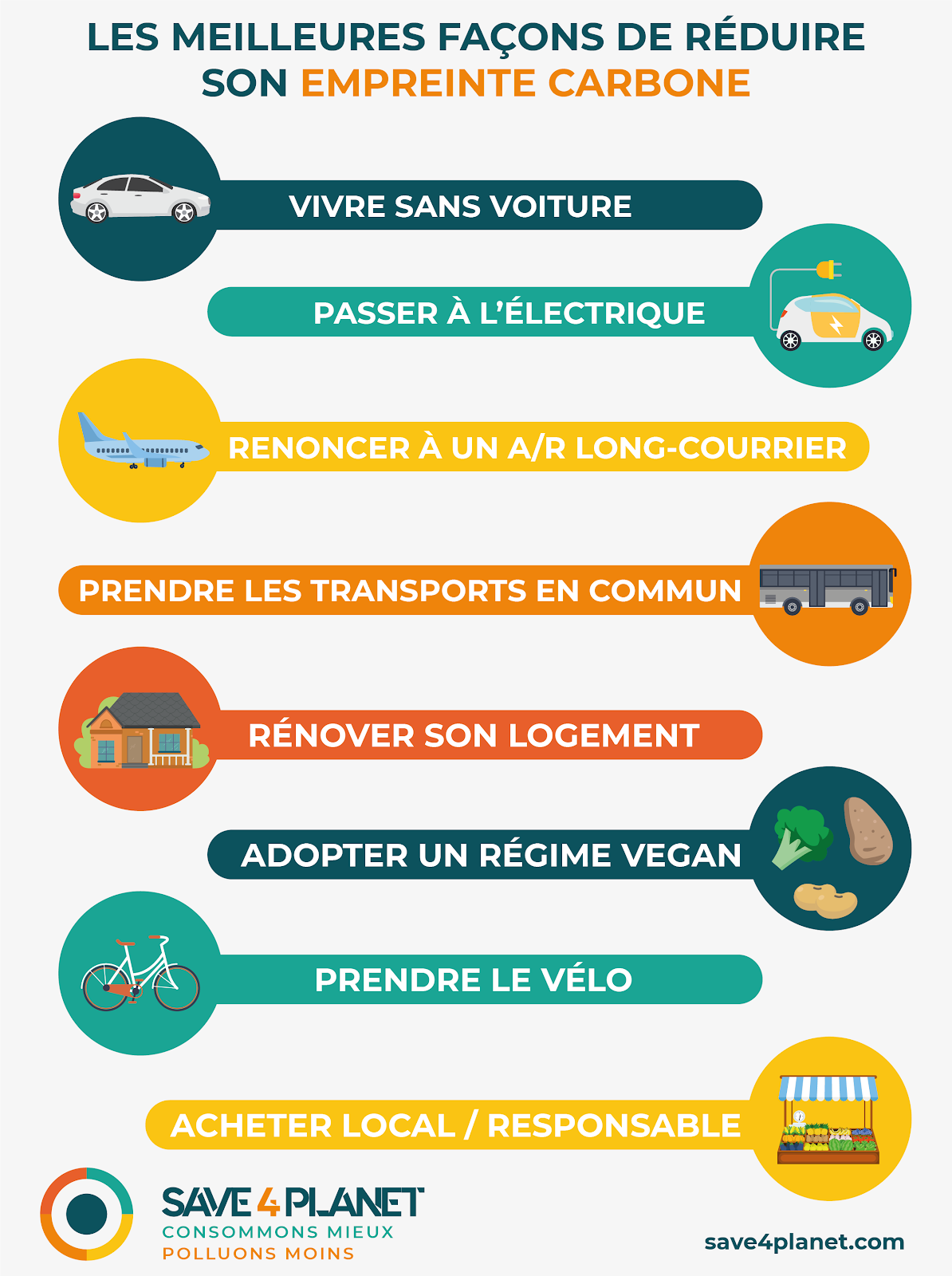Finding Alternatives To US Pharmaceuticals In China

Table of Contents
Exploring Domestic Chinese Pharmaceutical Manufacturers
China's pharmaceutical industry is rapidly expanding, offering a growing range of alternatives to US-sourced drugs. However, navigating this market requires careful consideration of quality and regulatory compliance.
Assessing Quality and Regulatory Compliance
The China Food and Drug Administration (CFDA), now known as the National Medical Products Administration (NMPA), enforces stringent regulations. Due diligence is paramount when considering domestic manufacturers.
- Verification of GMP compliance: Confirm adherence to Good Manufacturing Practices (GMP) standards, crucial for ensuring product quality and safety. Independent audits can provide valuable assurance.
- Reviewing clinical trial data: Thoroughly examine the clinical trial data supporting the efficacy and safety of the drug. Transparency and access to this data are vital.
- Checking for NMPA approvals: Ensure that the pharmaceutical product holds the necessary NMPA approvals before considering it for procurement. This confirms its legality and safety within China.
Navigating the Chinese regulatory system can be complex. Engaging legal and regulatory experts familiar with the NMPA's processes is highly recommended to avoid potential delays and compliance issues. Thorough background checks on manufacturers are also essential.
Identifying Key Players in Specific Therapeutic Areas
China boasts several major pharmaceutical companies with strengths in various therapeutic areas. Identifying key players within specific areas of need is crucial for efficient sourcing.
- Leading Chinese pharmaceutical companies: Examples include but are not limited to companies like Sino Biopharma, CSPC Pharmaceutical Group, and Jiangsu Hengrui Medicine. Researching their specific areas of expertise is essential.
- Specialized areas: These companies excel in different therapeutic areas, such as oncology, cardiovascular disease, and diabetes. Align your needs with the strengths of specific manufacturers.
Partnering with larger companies might offer advantages in terms of scale and established supply chains. However, smaller, specialized companies may provide more agility and focused expertise in niche therapeutic areas. Careful evaluation of each company's capabilities and reputation is critical.
Sourcing Pharmaceuticals from Other Global Regions
While focusing on domestic manufacturers is paramount, sourcing pharmaceuticals from other global regions can provide additional diversification and resilience.
Evaluating Suppliers in India, Europe, and Other Asian Countries
Exploring alternatives outside of China and the US offers several potential benefits, but also presents challenges.
- Cost comparisons: Conduct thorough cost-benefit analyses comparing prices from different regions, factoring in shipping, import duties, and other related expenses.
- Logistical considerations: Assess the complexities of international shipping, including import regulations, customs procedures, and potential transportation delays. Establish reliable logistics networks.
- Quality control processes: Rigorously evaluate the quality control processes of manufacturers in other regions to ensure compliance with international standards.
Tariffs and trade agreements can significantly impact sourcing strategies. Staying informed about evolving trade policies is essential for maintaining cost-effectiveness and supply chain stability.
Navigating International Regulatory Hurdles
Importing pharmaceuticals from other regions necessitates navigating complex regulatory landscapes.
- Import licenses: Secure the necessary import licenses and permits from the NMPA. This process requires meticulous documentation and adherence to strict guidelines.
- Customs procedures: Understand and comply with Chinese customs procedures to ensure smooth and timely clearance of imported pharmaceuticals.
- Documentation requirements: Maintain accurate and comprehensive documentation throughout the entire import process, from initial order to final delivery. Potential delays can be minimized with meticulous record-keeping.
Effective management of international regulatory hurdles requires expertise and planning. Consulting with specialists in international trade and regulatory compliance can mitigate potential disruptions and delays.
Investing in Domestic Research and Development (R&D)
Long-term solutions for pharmaceutical independence include significant investments in domestic R&D.
Incentives and Support for Chinese Pharmaceutical Innovation
The Chinese government actively promotes domestic drug development through various initiatives.
- Funding opportunities: Explore government grants, subsidies, and other funding opportunities available to support pharmaceutical research and development.
- Tax incentives: Take advantage of tax incentives and other financial benefits offered to companies investing in domestic drug development.
- Streamlined regulatory pathways: Leverage initiatives designed to expedite the regulatory approval process for domestically developed pharmaceuticals.
Companies can significantly leverage these initiatives to reduce the reliance on imported pharmaceuticals and build a robust domestic pharmaceutical industry.
Collaboration with Chinese Research Institutions and Universities
Partnering with Chinese research institutions and universities can accelerate drug discovery and development.
- Access to talent: Gain access to a pool of highly skilled scientists, researchers, and engineers.
- Cutting-edge research facilities: Utilize state-of-the-art research facilities and technologies.
- Potential for joint ventures: Explore opportunities for joint ventures and collaborations with academic institutions.
Protecting intellectual property rights is paramount in such collaborations. Clear agreements and robust legal frameworks are crucial to safeguarding research investments and innovations.
Conclusion
Finding viable alternatives to US pharmaceuticals in China demands a multifaceted approach encompassing domestic manufacturing, global sourcing, and investment in domestic R&D. By meticulously assessing quality, regulatory compliance, and logistical considerations, Chinese healthcare providers and pharmaceutical companies can successfully navigate this evolving landscape. Successfully implementing a robust strategy for finding alternatives to US pharmaceuticals in China will ensure a secure and reliable supply of essential medicines. Begin your search for reliable alternatives to US pharmaceuticals in China today by exploring the resources and strategies outlined in this guide.

Featured Posts
-
 Boxeo En Saltillo Un Motor De Transformacion Social A Traves Del Deporte
Apr 30, 2025
Boxeo En Saltillo Un Motor De Transformacion Social A Traves Del Deporte
Apr 30, 2025 -
 Gillian Anderson In Talks For The X Files Reboot
Apr 30, 2025
Gillian Anderson In Talks For The X Files Reboot
Apr 30, 2025 -
 Emergency Services Respond To Fatal Car Crash At After School Camp
Apr 30, 2025
Emergency Services Respond To Fatal Car Crash At After School Camp
Apr 30, 2025 -
 Analyzing Trumps Commentary Its Effect On The Canada Us Relationship And The Upcoming Election
Apr 30, 2025
Analyzing Trumps Commentary Its Effect On The Canada Us Relationship And The Upcoming Election
Apr 30, 2025 -
 Securite Routiere Les Glissieres Solution Efficace Pour Reduire La Mortalite
Apr 30, 2025
Securite Routiere Les Glissieres Solution Efficace Pour Reduire La Mortalite
Apr 30, 2025
